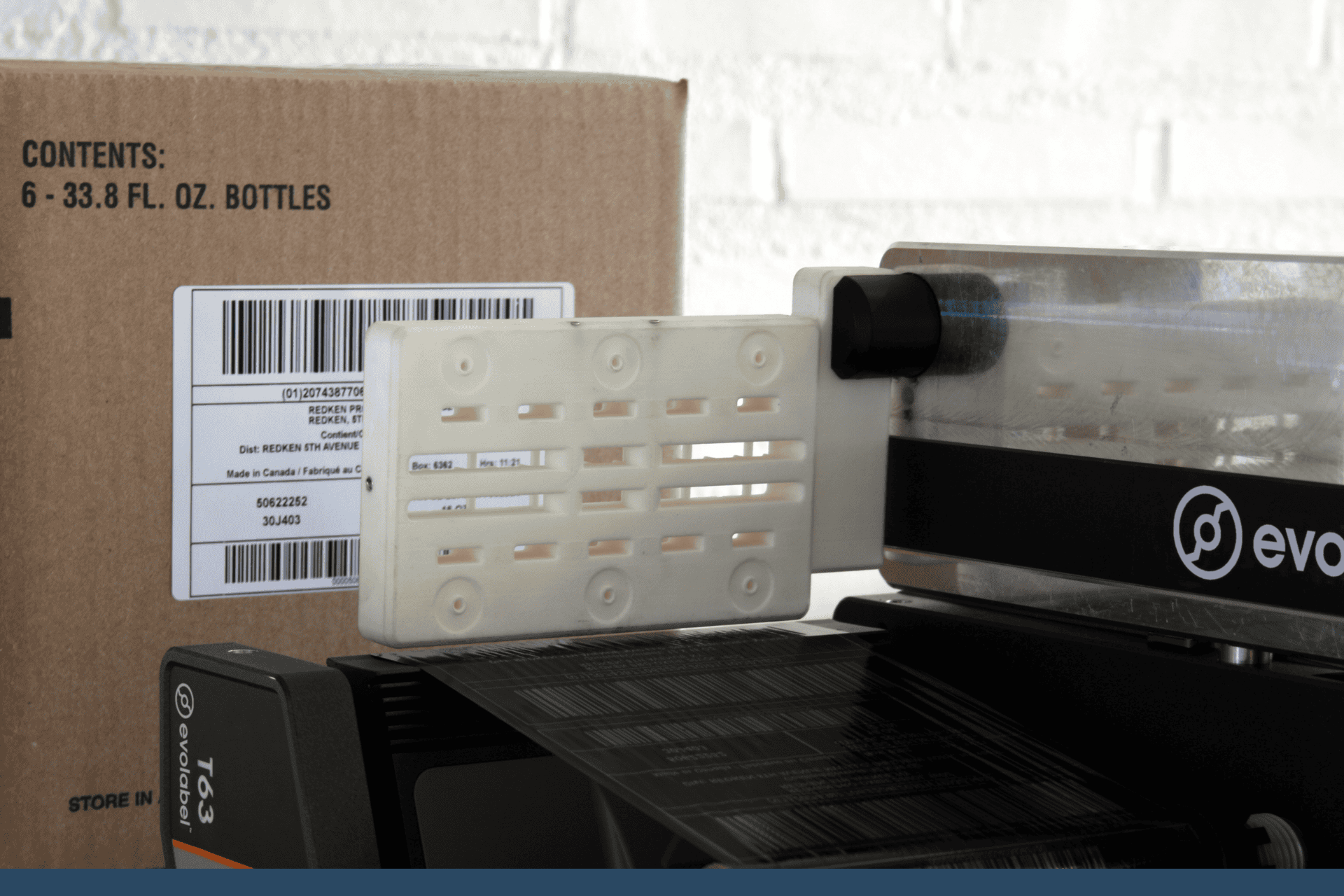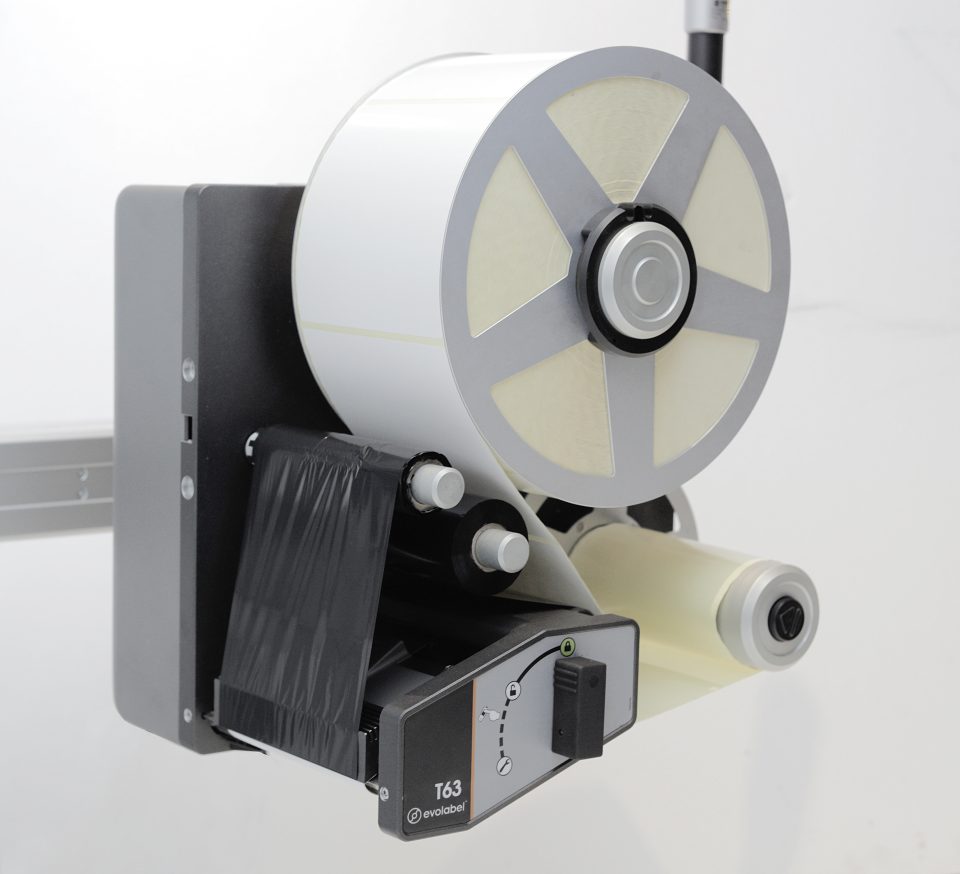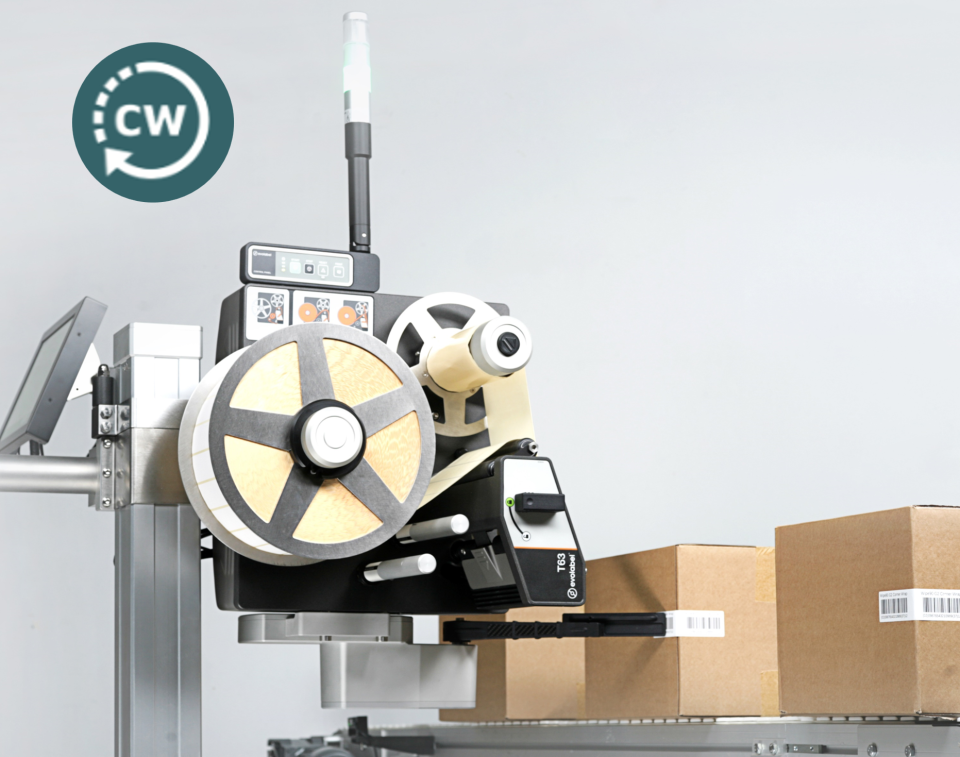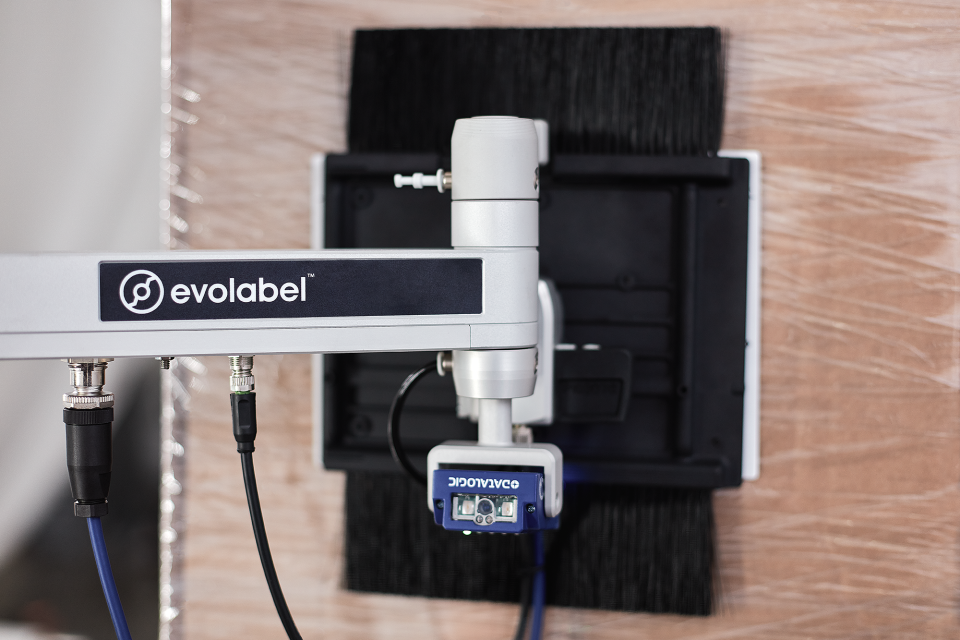
If businesses want to remain competitive, they have to streamline their operations, reduce downtime and deliver products faster – without compromising on quality. How? By embracing frictionless production, a concept that involves implementing seamless workflows and optimised processes to minimise delays.
A key part of achieving frictionless production is addressing common bottlenecks, of which labelling is often one. When labels are misaligned, incorrectly printed or applied wrongly, it causes delays, and these delays disrupt production flow and impact efficiency.
This is where automatic print and apply labelling systems come in. By eliminating errors and speeding up application, they play a key role in achieving frictionless production.
The problems with traditional labelling
Traditional manual labelling sees labels applied by hand, one at a time. It’s a slow and time-consuming method that is prone to human errors and inconsistencies and its labour-intensive nature often results in increased operational costs too.
Because manual labelling is unlikely to be integrated with inventory and database systems, it’s also much harder to update label information such as batch numbers, expiry dates and barcodes quickly, leading to further inaccuracies and delays.
How print and apply systems can overcome labelling challenges
Overcoming these challenges needs systems that are quicker, more reliable and more precise. Advanced print and apply labelling systems tick all of these boxes, eliminating inefficiencies by automating the process.
Integration with existing databases and production systems streamlines operations, with real-time data communicated via these integrations enabling the printing of labels on demand. Once printed, they’re applied directly onto products or packaging.
The process brings a number of benefits:
-
- Faster labelling and throughput
Print and apply systems operate at high speeds, boosting throughput, ensuring faster turnaround times and keeping production lines running smoothly. - Reduced errors
Automatic systems eliminate human errors such as misalignment or the inclusion of incorrect information. Each label is consistent in layout and positioning, ensuring compliance and reducing the need for reprints. - Minimised downtime
Integration with existing systems means print and apply solutions can operate continuously. Printing is calibrated automatically and adjusted in real-time according to the data provided, reducing the need to stop and start. - Improved traceability
More accurate labelling means better traceability and compliance. This improves quality control and customer confidence in your products. - Enhanced efficiency
Because there is less need for manual intervention operators can be reallocated to higher-value tasks, improving efficiency and productivity across the whole business.
- Faster labelling and throughput
ILS print and apply labelling systems
At Industrial Labelling Systems (ILS), we offer a comprehensive range of print and apply labelling solutions to support frictionless production. Systems are tailored for various applications, including case and box labelling, bag labelling, pallet labelling and e-commerce and logistics labelling and our wide range of applicator modules such as Blow-on, Wipe-on, Tamp, Vacuum Belt, and Twin-face ensures precise and consistent label application across multiple product and packaging types.
By investing in print and apply systems, businesses can achieve increased labelling speed, reduced errors, enhanced product traceability and overall better operational efficiency – all of which play an essential part in frictionless production.
Find out how ILS can help you implement frictionless production and realise the benefits. Get in touch.
Email Our Team
* Please complete all fields



